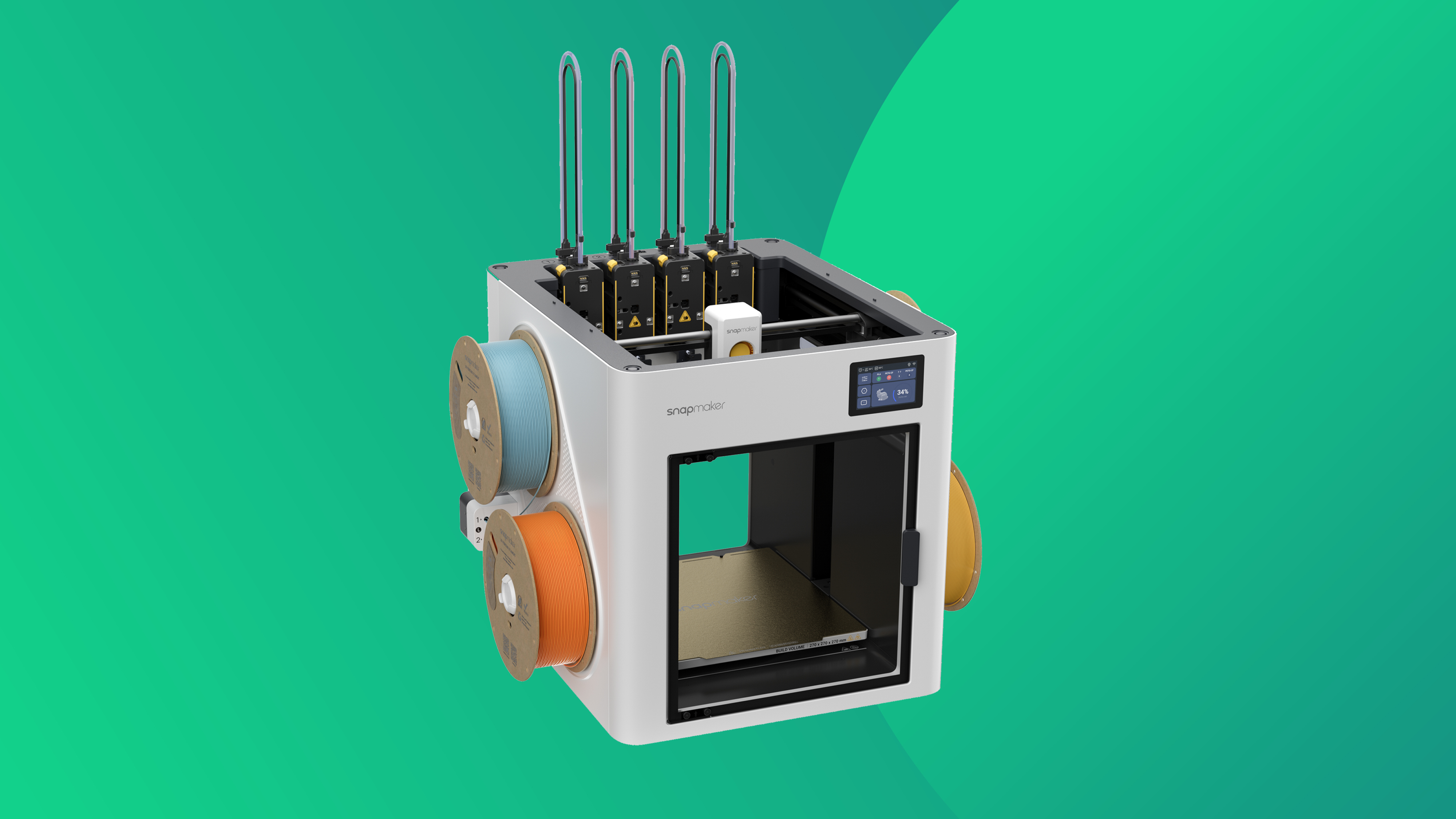Making a magnificent monochrome music video
How Timothy Saccenti and Joshua Davis created a true black and white music video for Phantogram.
Timothy Saccenti and Joshua Davis teamed up to create the music video for Fall in Love by Phantogram. Davis wrote programs to produce computer-generated graphics that were projected onto the band during a one-day shoot, filmed using a Red Monochrome camera.
The design brief - Timothy Saccenti
Coming from a photography background, I often have more contact with bands than a traditional director might. For example, I might photograph a package for their press shots - so I get to hang out, talk to them and understand their aesthetic. I'd already done three shoots with Phantogram so I knew which angles worked, how dark or light to go and where to place the camera.
This was the ninth or 10th project where I've worked with a coder using projections. Josh and I had done other projects for acts including Franz Ferdinand, and we spend a lot of time experimenting when we're not shooting, so we had some interesting material. I did a test shoot on the spur of the moment while working on Phantogram's album cover, using a technique that involves projecting coded designs, or projecting and rebuilding them in Flame. This became the album art.
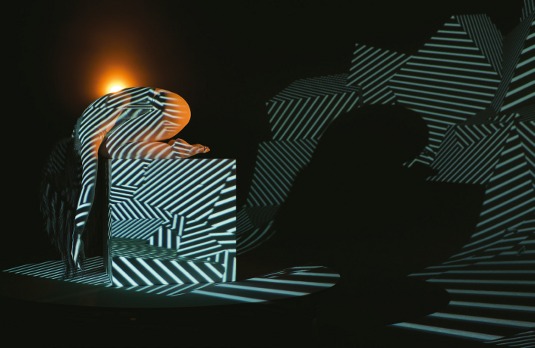
I shot a test video, converted it to black and white, ran those pieces through video synthesisers to give them an organic feel and had our post-production team run some layering and effects. The band has an industrial edge and we used a Red Monochrome Camera to shoot in black and white. We did think about incorporating gold, which is part of the band's motif, but it's notoriously difficult to get right if you're not using actual gold.
We worked out the basics in advance and I had the band sign off on the performance edit, with placeholders for graphics and other elements. We set some parameters such as only using dots for the drums and swirls for singer Sarah Barthel.
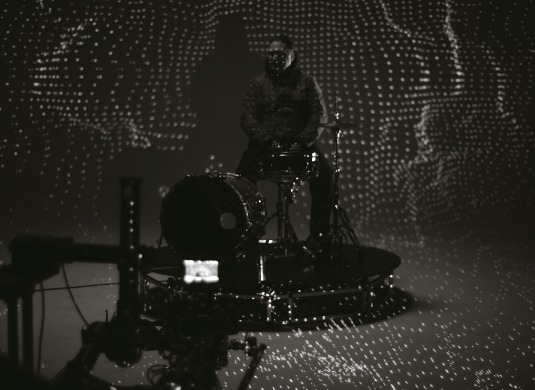
Work in progress - Joshua Davis
Phantogram came into the studio and I showed them 56 programs I had written. From there, we narrowed it down to about 27 that they liked. These programs are random, so you can run them an infinite number of times and get a different animation each time. When it came to shooting the video, we had the band, a projector, my computer and all my programs on-set, so we could run my programs and randomly generate compositions until we got one that looked right. Then the band could come in and film the sequence.
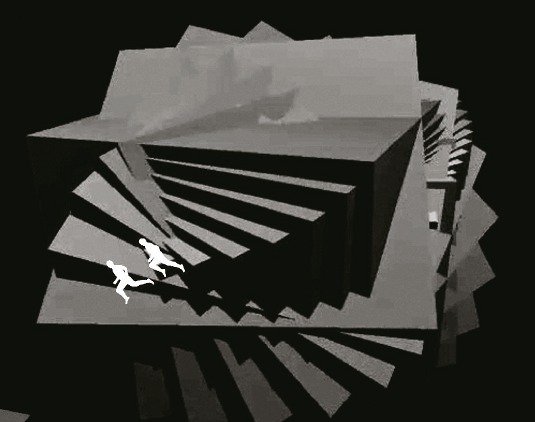
Everything I write is done in Processing, which sits on top of Java. I also use the Hype Framework, which I co-authored - it's a library of blocks of code to help designers do things more quickly. For example, you can simulate wind or a swarm of bees with one line of code, without knowing the mathematics behind it.
Daily design news, reviews, how-tos and more, as picked by the editors.
We spent one day shooting with the band. I was randomly creating aesthetics that changed whenever I ran each program. There were moments when we ran four different programs against the backdrop of the band spinning on a rotating stage. Then, after the shoot, I created and rendered other graphics for Tim to work in. By writing code that generated form, animation, shape and aesthetic, we ensured the video was unique.
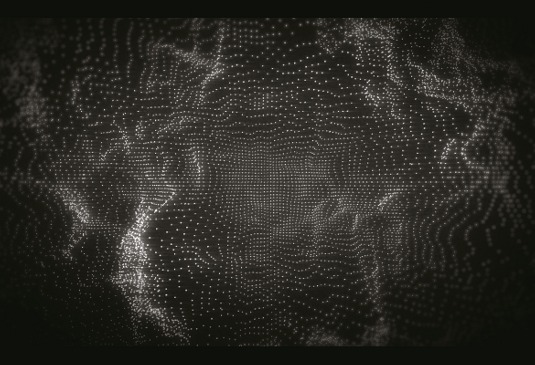
Conclusion - Timothy Saccenti
There was a huge post-production process using Flame, Nuke and After Effects. There were places where we needed to layer things more or do some sort of transition that couldn't be achieved in-camera. We also spent a lot of time trying to distort the graphics so they weren't too clean - you need to add some randomness and chaos. We needed to build things up, go through a breakthrough stage and come back more harshly towards the end.
Storyboards can give an illusion of control, but really the most important thing is that you feel present for every aspect of the project and you're listening and responding to the people you're working with.
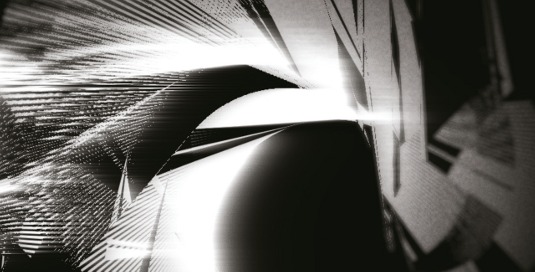
With music videos, people often pitch ideas rather than thinking about how to frame the spirit of the artist. It's not about showing off as a director or visual effects artist - the band and the emotions of their music should be the star. I feel in control because I have a team of people - stylists, hair, make-up, lighting - who understand that my job is to make the artists feel like the most iconic version of themselves, and to elevate rather than transforming them.

Words: Timothy Saccenti and Joshua Davis
Timothy Saccenti lives in New York and works on print and music video projects for artists including Depeche Mode and Franz Ferdinand. New York-based artist, designer and technologist Joshua Davis uses computer coding to create patterns and is co-author of the Hype framework. This article originally appeared in Computer Arts issue 227.

The Creative Bloq team is made up of a group of art and design enthusiasts, and has changed and evolved since Creative Bloq began back in 2012. The current website team consists of eight full-time members of staff: Editor Georgia Coggan, Deputy Editor Rosie Hilder, Ecommerce Editor Beren Neale, Senior News Editor Daniel Piper, Editor, Digital Art and 3D Ian Dean, Tech Reviews Editor Erlingur Einarsson, Ecommerce Writer Beth Nicholls and Staff Writer Natalie Fear, as well as a roster of freelancers from around the world. The ImagineFX magazine team also pitch in, ensuring that content from leading digital art publication ImagineFX is represented on Creative Bloq.
